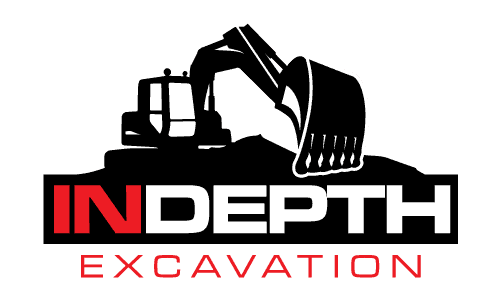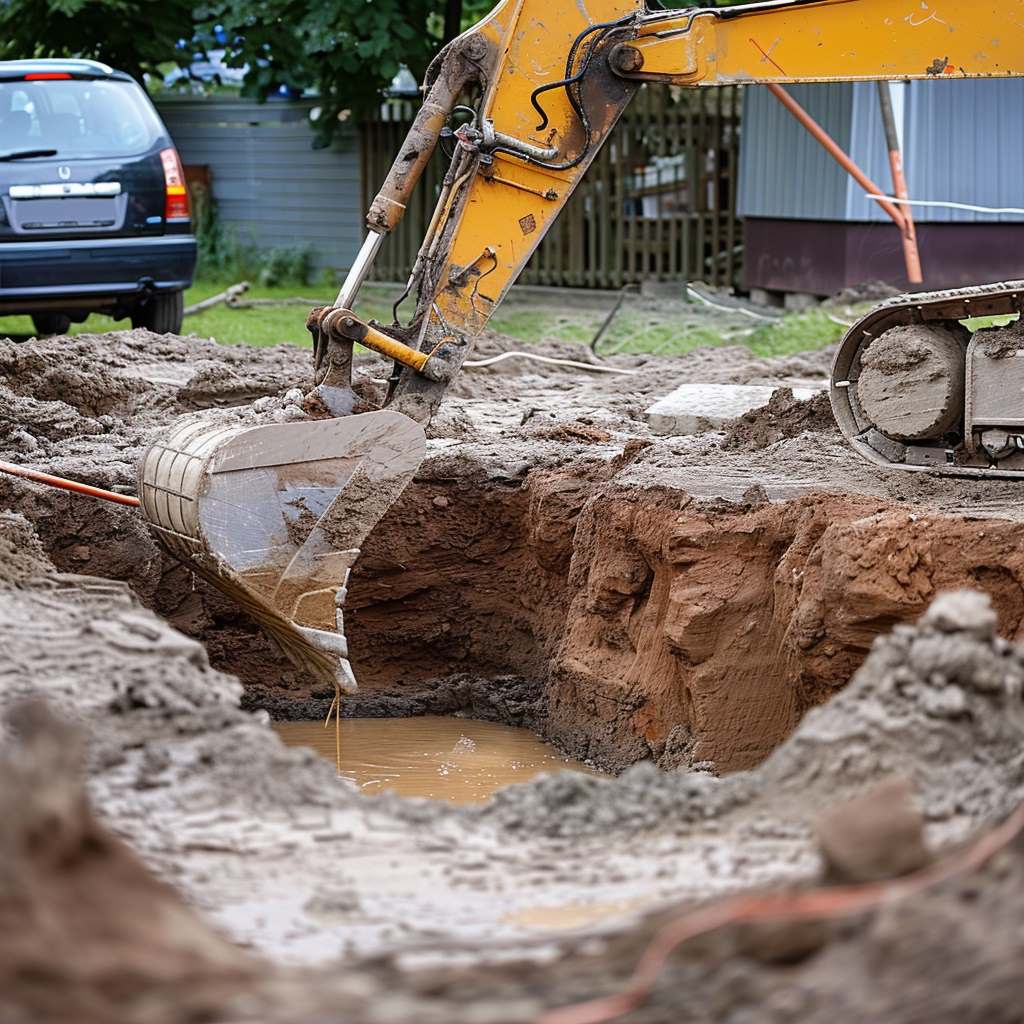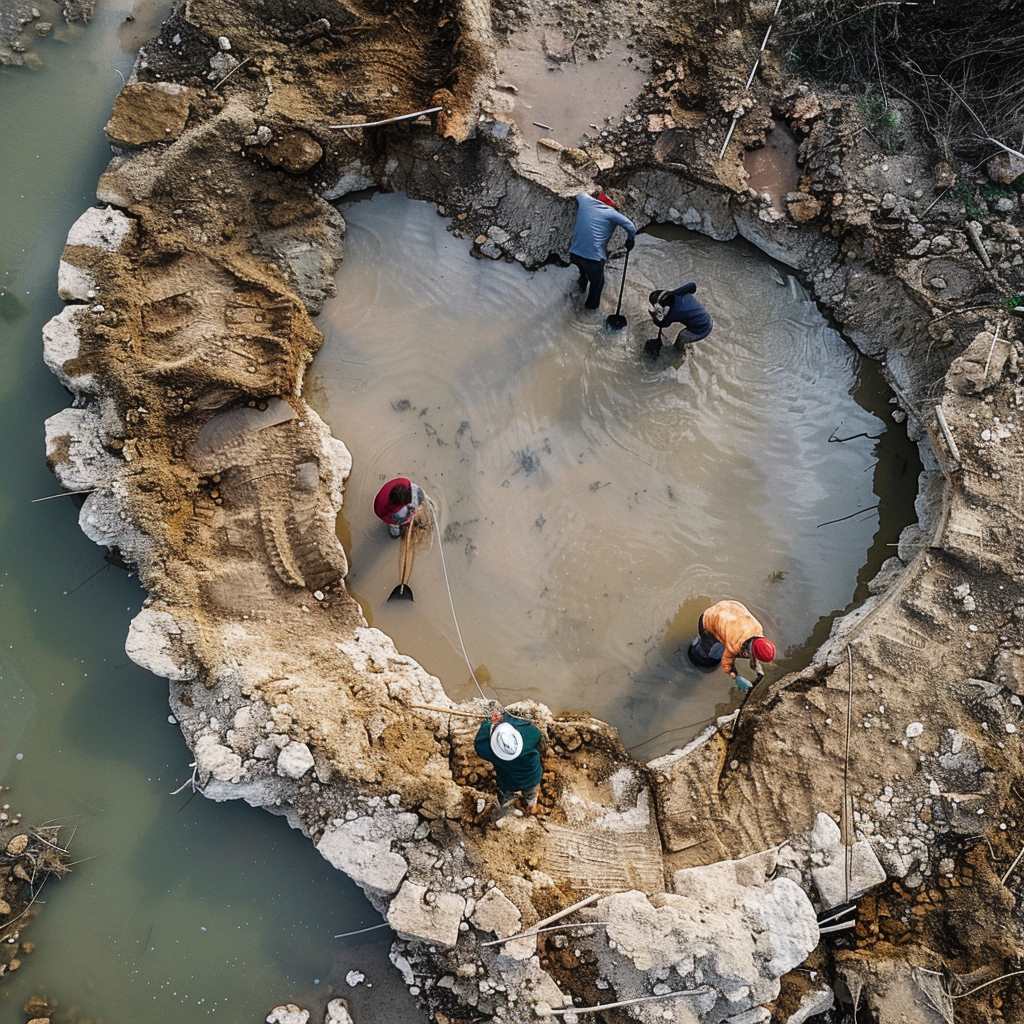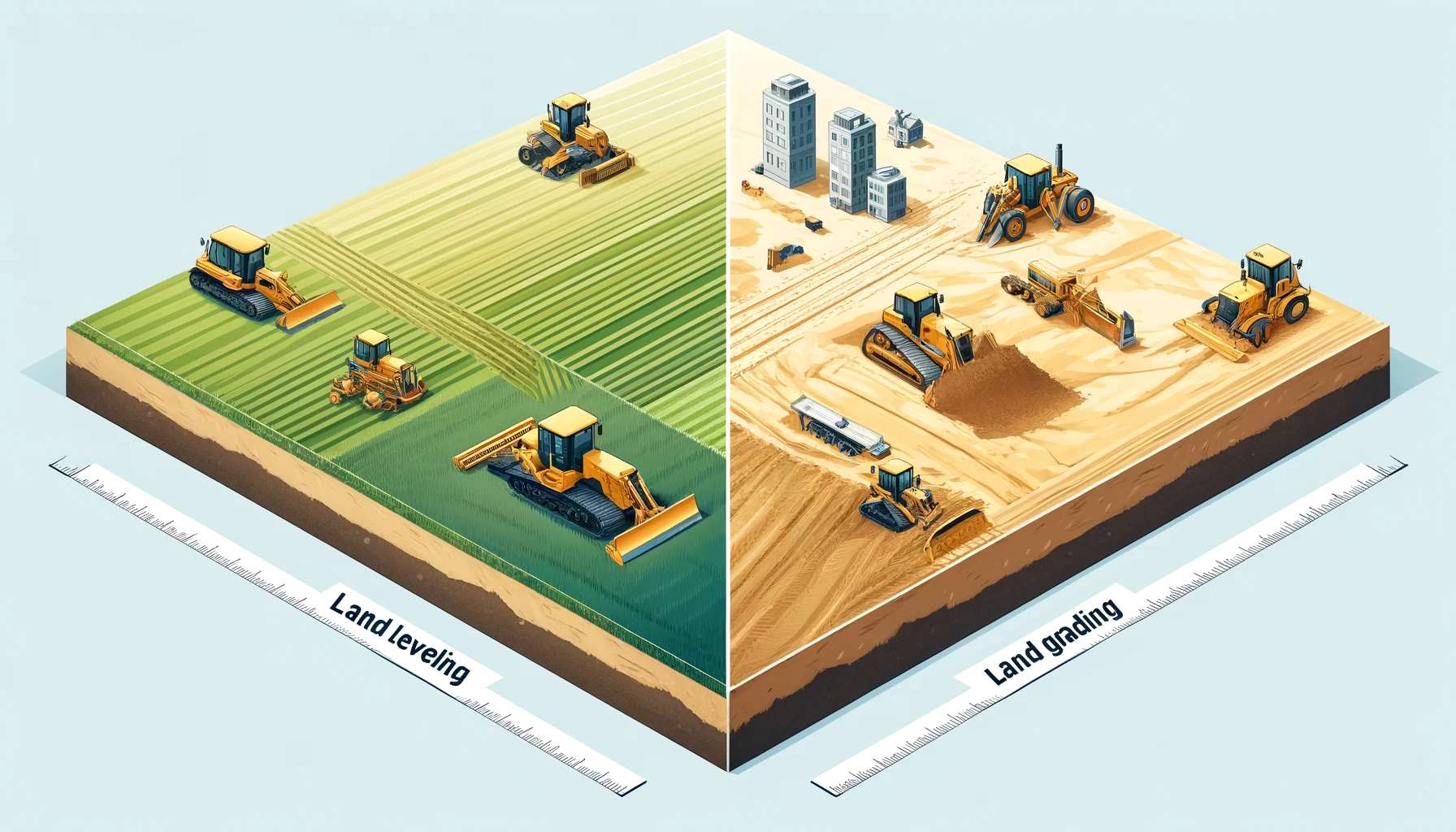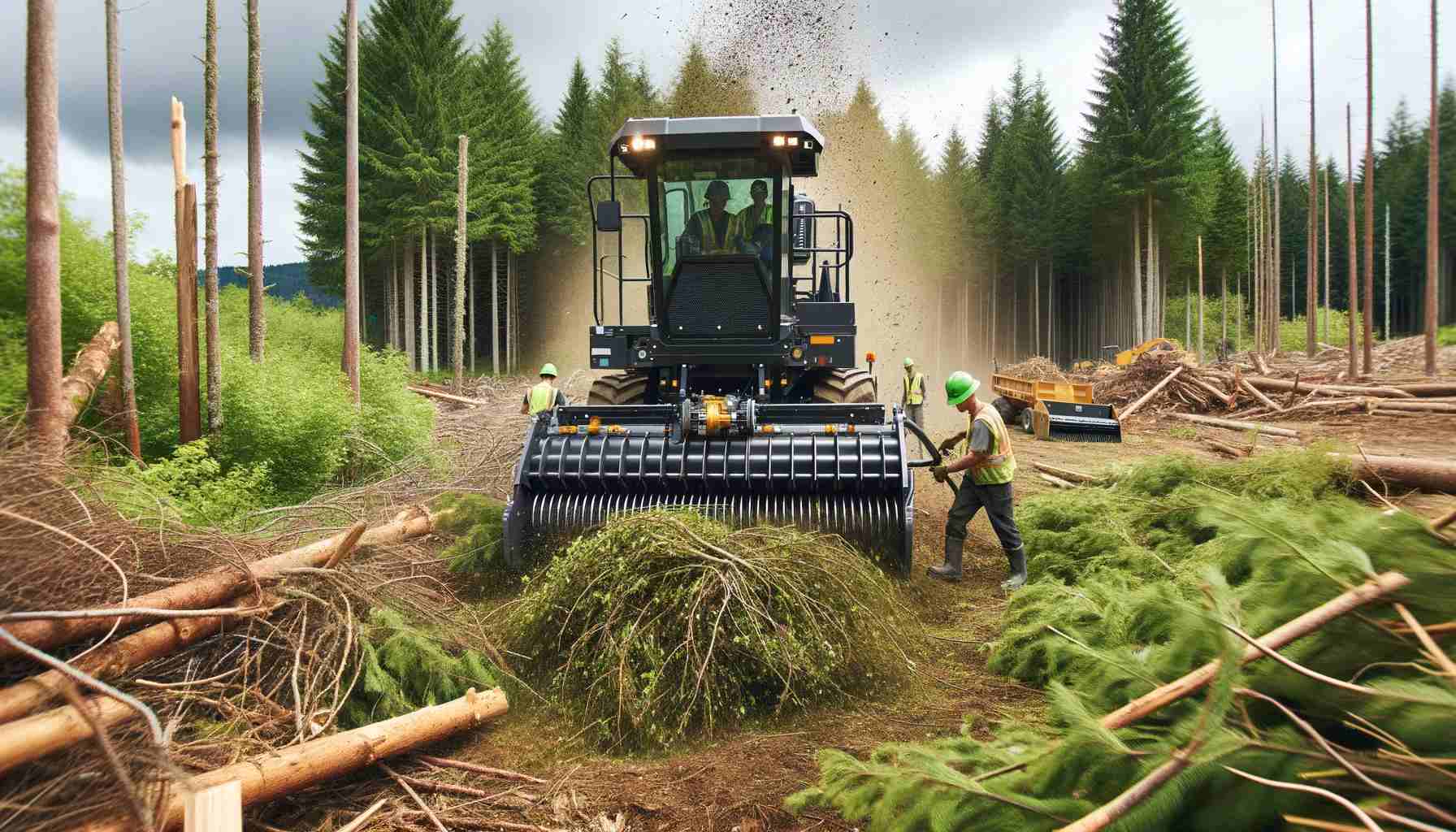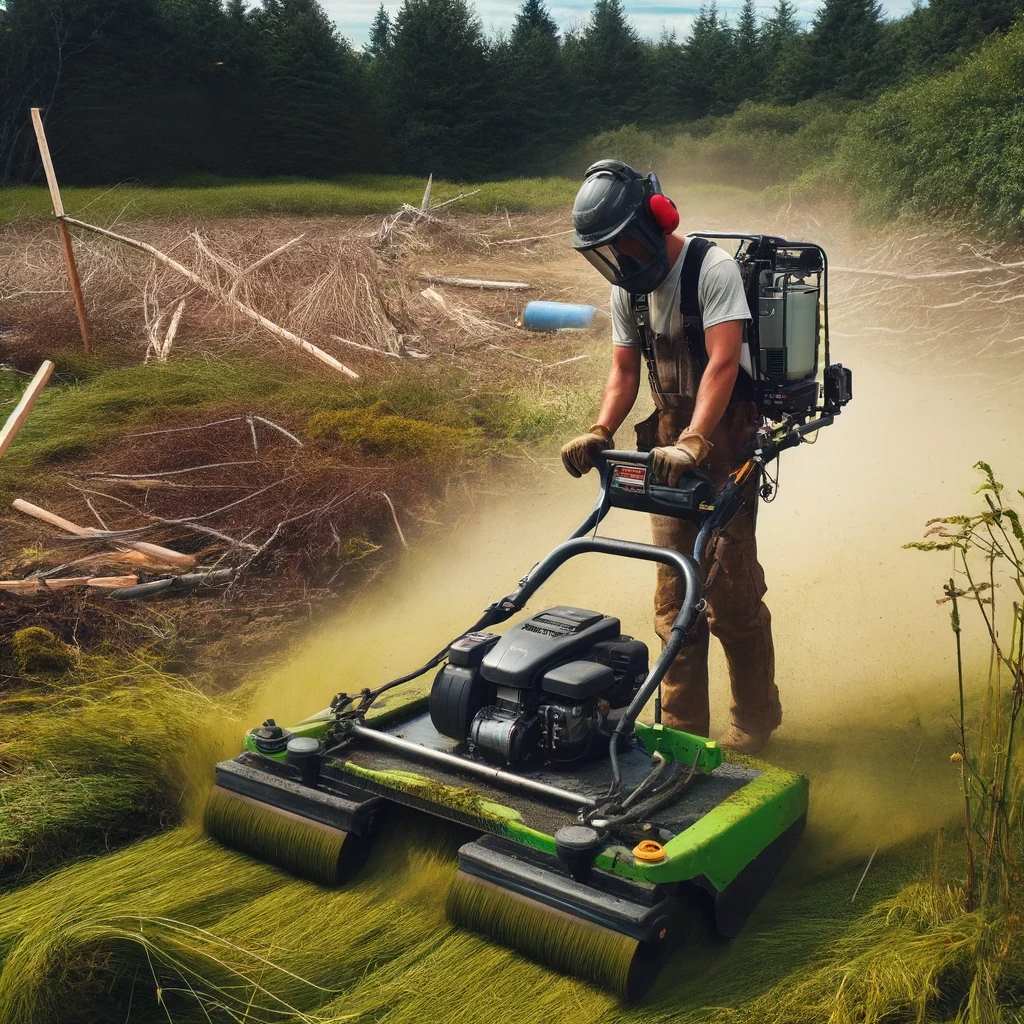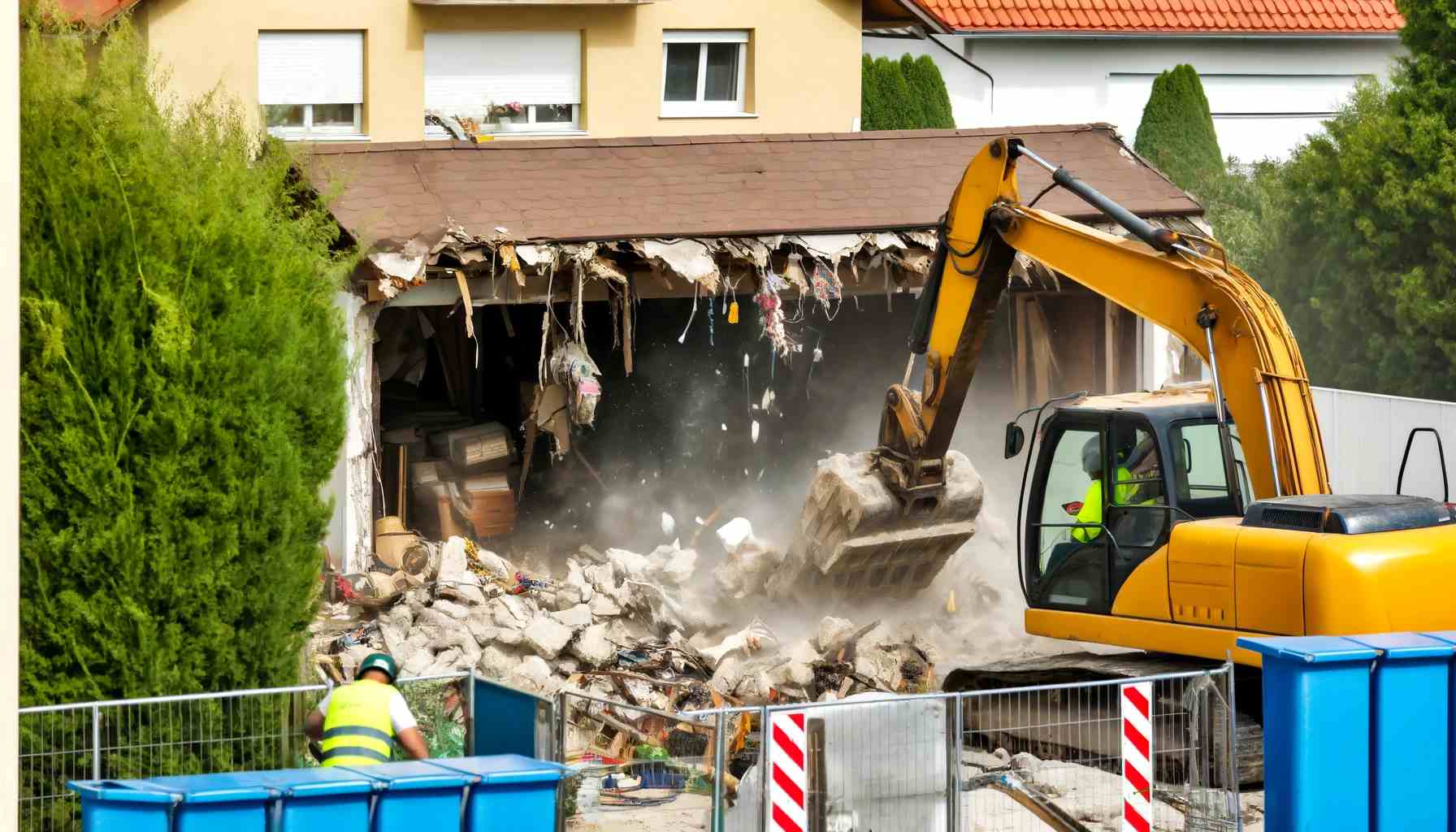Digging a sloped trench can be a challenging task, but with the right techniques and tools, it can be done efficiently. Whether you need to address water flooding in the basement, install an egress window well, or create a French drain for proper water drainage, proper trenching on slopes is crucial. In this guide, we will explore the techniques and considerations for digging a sloped trench effectively.
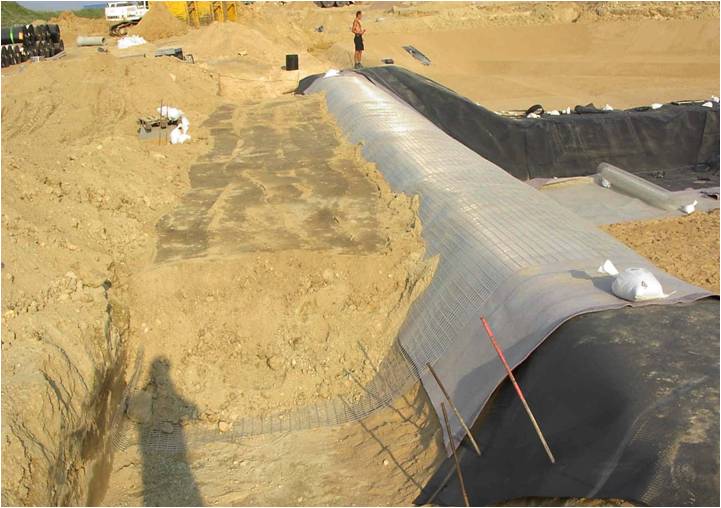
Key Takeaways:
-
- Understanding the reasons for digging a sloped trench, such as water flooding or installation of window wells.
-
- Choosing the appropriate digging method, whether manual or mechanical, based on the project size and soil conditions.
-
- Importance of correct dimensions for the trench to ensure effective water drainage.
-
- Using suitable hand tools and equipment for efficient digging, including spade shovels and pickaxes.
-
- Practicing proper body mechanics and leveraging body weight to avoid strain and injuries during excavation.
Reasons for Digging a Sloped Trench and Digging Methods
When it comes to digging a sloped trench, there are several common reasons why you may need to undertake this task. One of the primary reasons is to address water flooding in the basement. By creating a sloped trench, you can redirect water away from your home, preventing potential damage. Another common reason for digging a sloped trench is to install an egress window well. This allows for increased natural light in your basement and serves as an emergency exit. Additionally, creating a French drain for proper water drainage is another reason for digging a sloped trench.
Now that we’ve explored the various reasons for digging a sloped trench, let’s dive into the different digging methods available. The dimensions of the trench play a crucial role in its effectiveness. For example, when addressing water flooding in the basement, it is recommended to have a slope that drops 1 inch for every 1 foot away from the home, for at least the first 5 feet. When it comes to the actual digging process, there are two main methods to consider: manual digging and mechanical excavation.
Manual digging is a precise method suitable for smaller projects. It allows for greater control and accuracy, especially when working in tight spaces or around existing structures. On the other hand, mechanical excavation involves the use of heavy machinery to expedite the digging process. It is particularly advantageous for larger projects or when time is a constraint. The choice of digging method ultimately depends on the size of the project, the available resources, and personal preference.
Digging a Sloped Trench Tips and Best Practices

When it comes to digging a sloped trench, there are some essential tips and best practices that can make the process more efficient and safe. Whether you’re addressing water flooding or installing a drain, here are a few things to keep in mind:
Hand Tools That Can Be Used for Digging
Having the right tools is crucial for a successful digging project. Make sure you have spade shovels or trench shovels, which are ideal for scooping soil, as well as pickaxes and loppers for removing any unexpected obstacles like tree roots. These tools will help you navigate the soil and make your digging experience much smoother.
Prepare for Unforeseen Obstacles
When digging a sloped trench, it’s important to prepare for any unexpected challenges that may arise. Before you start, take the time to assess the area and identify any potential obstacles, such as rocks or existing underground utilities. By being prepared, you can come up with a plan and make necessary adjustments to ensure a successful excavation.
Leveraging Body Weight and Distributing Workload
Proper body mechanics are key to avoiding unnecessary strain and injury. When digging, remember to use your body weight to your advantage. Use your foot to push down the shovel into the ground, allowing your leg muscles to take on the workload. Additionally, it’s important to distribute the workload evenly and take breaks as needed. This will help you maintain energy and productivity throughout the digging process.
Calling Local Digging Hotline and Following Practical Strategies
Before starting any digging project, it’s crucial to call your local digging hotline. This step is essential to ensure the safety of your excavation and prevent damage to underground utilities. By following their guidelines, you can dig with confidence and peace of mind. Additionally, make sure to follow practical strategies and tips, such as picking suitable hand tools, preparing for unforeseen obstacles, and maintaining proper form during digging. These practices will help you complete your sloped trench efficiently and safely.
Frequently Asked Questions
Some common reasons for digging a sloped trench include addressing water flooding in the basement, installing an egress window well, or creating a French drain for proper water drainage.
Proper dimensions play a crucial role in ensuring the effectiveness of the trench. For example, when addressing water flooding in the basement, the slope should drop 1 inch for every 1 foot away from the home, for at least the first 5 feet.
There are two common methods for digging a sloped trench: manual digging and mechanical excavation. Manual digging offers more precision and is suitable for smaller projects, while mechanical excavation using heavy machinery provides faster progress.
Suitable hand tools for digging a sloped trench include spade shovels, trench shovels, pickaxes, and loppers for removing obstacles like tree roots.
You can leverage body weight by using your foot to push down the shovel into the ground. This helps to avoid unnecessary strain on the upper body.
It’s important to distribute the workload into manageable durations, take breaks, and stay hydrated for safe and efficient digging. Additionally, before starting any excavation, it’s crucial to call your local digging hotline to ensure safe digging and avoid any damage to underground utilities.
Yes, some practical strategies include picking suitable hand tools, preparing for unforeseen obstacles, and maintaining proper form during digging.
